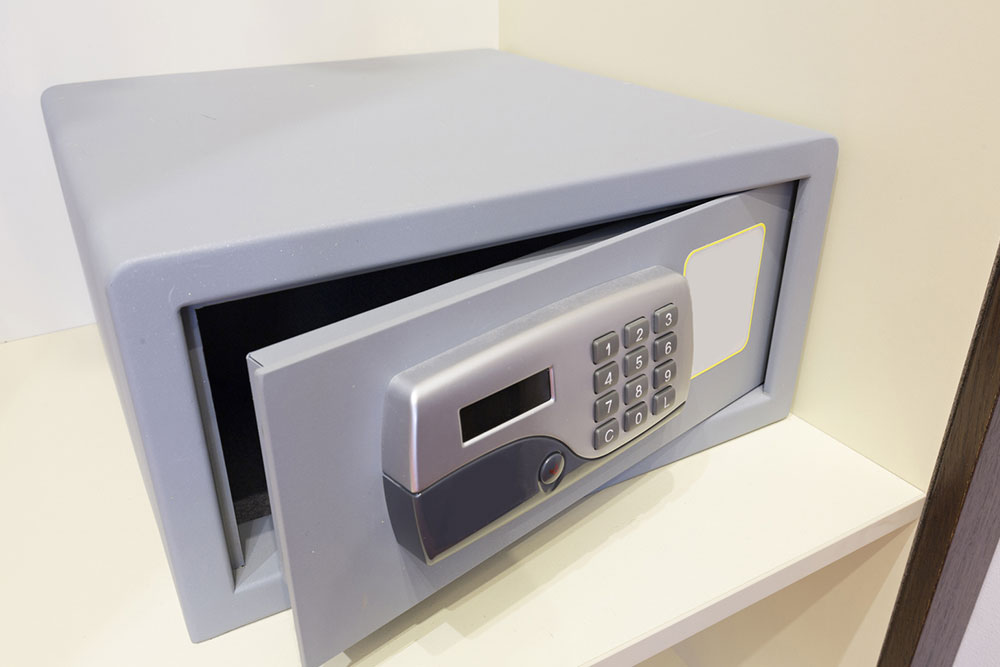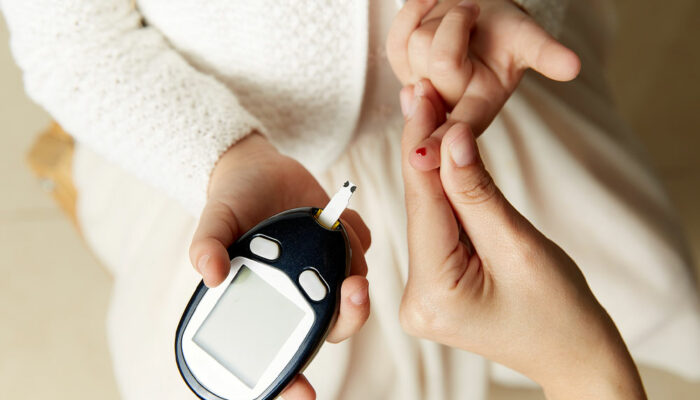14 most unsafe places at home to hide valuables

Statistics show that one home burglary occurs every 25.7 seconds in the country, accounting for about a million burglaries annually. Jewelry and other small-sized valuables are easily transportable and high-value commodities, which makes them prime targets for burglars seeking quick gains. So, it becomes imperative for individuals to reassess their security measures, including the places where they hide their valuable possessions. One is advised to avoid hiding their valuables in the following predictable places around the house.
Safes
Regular safes are amongst the most common storage spots for jewelry; ironically, they are usually targeted first by burglars. Despite their intended purpose, most safes are not foolproof and can be broken into with a variety of tools and strategies.
Closets
Next to safes, closets are often thoroughly rummaged and scrutinized by burglars in hopes of finding hidden treasure. Commonly overlooked spaces within closets, including shoeboxes or back corners, are frequently targeted immediately.
Drawers
Being a common place for safekeeping jewelry and documents, burglars often check drawers first during a break-in. The predictability and ease of access make drawers a bad choice for storing valuables. Additionally, homeowners should refrain from storing other essential things like identification certificates and financial or other necessary documents to avoid identity theft.
Children’s room
This seemingly innocent hiding spot amidst toys and small accessories can be one of the riskiest places to store jewelry, vital documents, or cash. The burglars won’t hesitate to terrorize anyone who stands in the way of their act. So, this hiding spot may not only jeopardize the security of possessions but also put the room’s occupants at risk.
Kitchen cabinets
While the kitchen may appear an odd choice for storing valuables, some homeowners mistakenly believe that burglars would never venture into this utilitarian space. Unfortunately, the kitchen is not immune to their exploration. Common hiding spots, such as cookie jars and pantry shelves, are not as foolproof as they may seem.
Fridge
Some homeowners may attempt to wrap their gems and valuables in foil paper or a box, label it as a common food item, and discreetly stuff it in the freezer section of their refrigerator. While this trick may seem like a smart maneuver to sideline the burglars, it may fall prey to exposure due to a lack of originality. Unfortunately, seasoned criminals are well-acquainted with these tactics. In addition, its portrayal in numerous movies also diminishes its effectiveness.
Garages
Garages are a common storage space that may seem like an unlikely hiding spot for jewelry, but they are often the most exposed and not immune to the prying eyes of burglars. Homeowners who believe otherwise may be surprised to find that this space is routinely explored during a break-in, with burglars rummaging through boxes and containers.
Vases and pots
Vases and pots can be precarious hiding places. They are easy to spot from a distance and quick to rummage through. To avoid leaving any stones unturned, burglars may not hesitate to overturn or break vases or pots and inspect them thoroughly before moving on to other areas in the house.
Toilet tank
Storing jewelry, often wrapped inside a waterproof container or a ziplock, in a toilet tank is another trick that may fall short in terms of safety. Though homeowners may assume that this area remains untouched during a burglary, experienced criminals are aware of the potential hiding spots within a bathroom. The toilet tank is no exception, making it an unsafe hiding place.
Place beneath mattresses
The area beneath the mattresses is another classic hiding spot that is, unfortunately, an obvious target for burglars. Mattresses are routinely flipped and lifted during a burglary, exposing the concealed jewelry to prying eyes.
Under rugs and carpets
Just like mattresses, rugs and carpets are not foolproof hiding spots and are often easily lifted during a burglary. Homeowners who believe they have outsmarted intruders by tucking away jewelry in this manner may be disappointed.
Medicine cabinets
A medical cabinet may appear like a secure hiding spot, but this area is often easily accessible. In their quest for quick gains, Burglars may extend their reach beyond traditional valuables to include medical supplies during a break-in, especially those with a high street value or limited availability in the market.
Laundry baskets
Intruders don’t hesitate to dig through the pile of dirty clothes in the laundry basket. Although it might not be an obvious spot for valuables, sometimes forgotten cash or jewelry in the pockets of jeans and dresses may fall off during rummaging and become an unexpected source of treasure for criminals to bank on. So, if laundry is treated as a legitimate hiding place for valuables, it can become a jackpot for burglars.
Anything with a lock
While many homeowners believe they have found a high-security and sealed hiding spot, these locations are, in fact, unsafe to stash precious gems and accessories. Anything with a lock, whether a chest drawer, cabinet, or even a briefcase, is considered valuable. Criminals view them as potential treasure troves and choose to break into these secured containers first. Homeowners relying on locks alone may find themselves with compromised security.

